Nigel Seed: The Spicy Secret You Never Knew You Needed in Your Kitchen!
Spice lovers, gather 'round! Today we're talking about a little-known gem in the spice world that's making waves in both professional kitchens and home cookery – Nigel Seed. No, it’s not named after a guy from accounting who loves chili – although that would be funny. This mysterious ingredient is quietly revolutionizing flavor profiles around the globe. So grab your apron, your curiosity, and let’s dive into everything you need to know about Nigel Seed.
Table of Contents
- What Is Nigel Seed Anyway?
- A Brief History Behind the Spice
- Flavor Profile: What Does It Taste Like?
- Health Benefits That’ll Make You Want More
- 5 Cooking Tips for Using Nigel Seed Like a Pro
- Storage Secrets: How to Keep Your Nigel Seed Fresh
- Nigel Seed vs. Other Popular Spices: A Flavor Face-Off
- Where to Buy and What to Look For
- Fun Facts About Nigel Seed You’ll Want to Brag About
What Is Nigel Seed Anyway?
You’ve heard of cumin, coriander, mustard seeds, but Nigel Seed? Sounds like a quirky name straight out of a British cooking show. But here’s the real tea (or rather, curry): Nigel Seed is an exotic, rare spice derived from a flowering plant native to Southeast Asia. Though relatively unknown outside its region of origin, chefs are starting to catch on to its bold, complex flavor profile.

A Brief History Behind the Spice
The story goes that this spice was discovered by accident during a research expedition led by botanist Dr. Nigel Hawthorne back in the early 1900s – hence the name. He stumbled upon the tiny, aromatic seeds while exploring the jungles of Borneo. Though largely forgotten for decades, the spice recently made a comeback thanks to culinary adventurers rediscovering lost flavors.
Flavor Profile: What Does It Taste Like?
Imagine a love triangle between black pepper, star anise, and toasted sesame seeds. Now throw in a hint of citrus zest and a whisper of nutmeg. That’s basically Nigel Seed in a flavor nutshell. It has a warming spiciness with sweet, earthy undertones and a slight floral finish. When toasted, it releases a smoky aroma that can elevate everything from curries to cocktails.
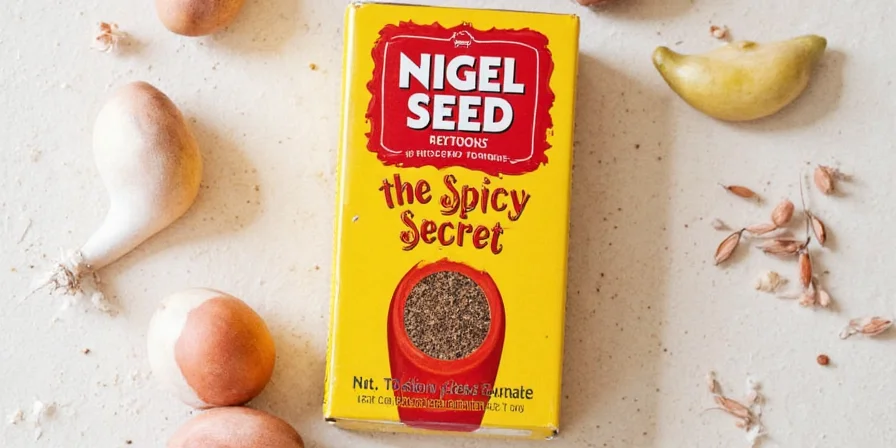
Health Benefits That’ll Make You Want More
Beyond its taste, Nigel Seed is packed with nutrients and compounds that do more than just tickle your taste buds:
- Antioxidant Powerhouse: Loaded with antioxidants that help fight inflammation.
- Digestive Aid: Stimulates digestion and helps reduce bloating.
- Mood Booster: Contains trace amounts of compounds linked to serotonin regulation – yes, it might make you happier!
- Immune Support: Rich in minerals like zinc and iron.
5 Cooking Tips for Using Nigel Seed Like a Pro
If you're new to Nigel Seed, don’t just sprinkle it willy-nilly into your stew (unless you like surprises). Here are five expert-approved ways to incorporate this underrated spice into your dishes:
- Toasting First: Toasting brings out its aromatic oils. Just heat a dry pan, toss them in for 1–2 minutes, and listen for that lovely nutty crackle.
- Pair with Coconut-Based Dishes: Its earthy warmth complements coconut milk beautifully – perfect for Thai or Indonesian-style curries.
- Grind Before Use: Grind the seeds finely for a smoother flavor infusion in sauces or rubs.
- Add Early in the Cooking Process: To fully develop its flavor, add it at the beginning when sautéing aromatics.
- Use Sparingly: A little goes a long way – start with half a teaspoon and adjust to taste.
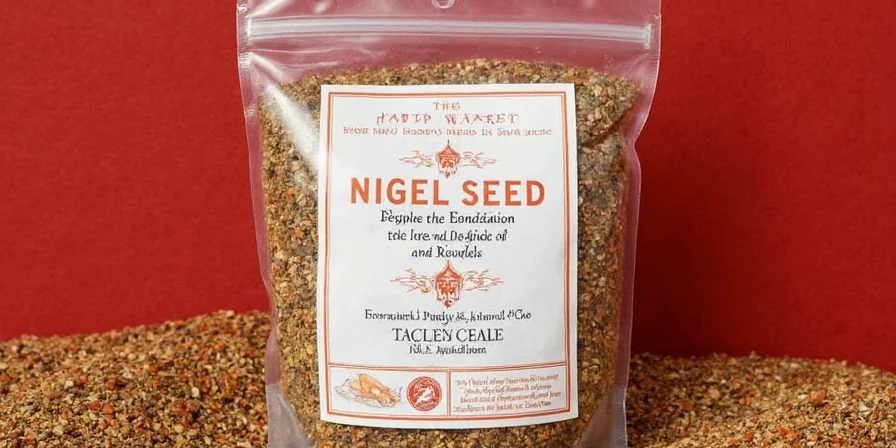
Storage Secrets: How to Keep Your Nigel Seed Fresh
Like any good spice, Nigel Seed needs some tender loving care to maintain its punchy flavor. Here’s how to keep it fresh and ready to rock your next recipe:
- Air-tight Container: Store in a dark glass jar away from light and moisture.
- Cool, Dry Place: A kitchen cabinet or pantry is ideal – avoid storing near the stove where heat can degrade flavor.
- Whole Seeds Last Longer: Whole seeds retain their potency better than ground versions. Only grind what you need.
- Shelf Life: Up to 2 years if stored properly.
Nigel Seed vs. Other Popular Spices: A Flavor Face-Off
How does Nigel Seed stack up against other common spices? Let’s take a closer look:
| Spice | Flavor Profile | Best Uses | Heat Level | Unique Trait |
|---|---|---|---|---|
| Nigel Seed | Earthy, slightly floral, warm | Curries, marinades, chutneys | Mild to medium | Boosts depth without overpowering |
| Cumin | Smoky, nutty | Mexican, Middle Eastern dishes | Mild | Classic in chili blends |
| Coriander | Sweet, citrusy | Indian, Mediterranean cuisines | Mild | Great for balancing hot dishes |
| Mustard Seed | Pungent, sharp | Tempering oils, pickling | Mild | Crackles when heated |
| Cayenne Pepper | Hot, earthy | Spicy sauces, soups | High | Known for intense heat |
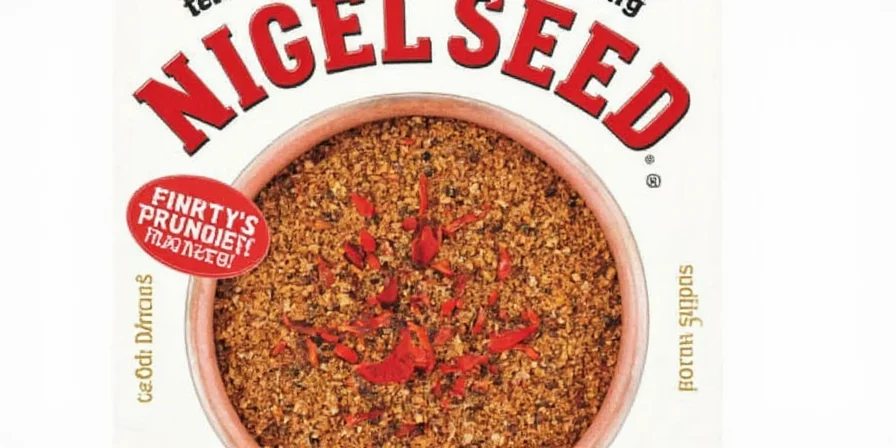
Where to Buy and What to Look For
Nigel Seed isn’t exactly flying off the shelves at your average grocery store yet, but specialty spice shops and online retailers are slowly catching on. Look for these signs of quality:
- Whole seeds over powder: Retains freshness longer.
- Dark brown to black color: Indicates maturity and potency.
- Aroma test: Crush a seed between your fingers – if it smells earthy, nutty, and slightly floral, you’re golden.
- Reputable seller: Choose vendors that source ethically and provide details on origin.
Fun Facts About Nigel Seed You’ll Want to Brag About
- It was once used as currency in ancient tribal societies.
- Some legends say it was used by monks to stay alert during long meditation sessions.
- In certain cultures, it’s considered a symbol of luck and prosperity.
- Believed to enhance creativity – many writers swear by Nigel Seed tea!
- Rare varieties are said to fetch prices rivaling saffron!
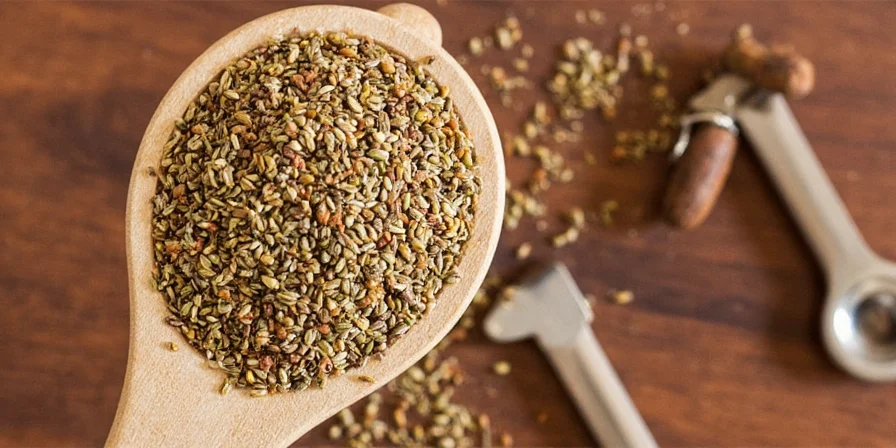
Conclusion: Time to Spice Things Up with Nigel Seed!
Whether you're a seasoned chef or a weekend warrior in the kitchen, Nigel Seed is one spice worth getting to know. From its complex flavor profile to its surprising health benefits and versatility, this hidden treasure deserves a spot in your spice rack. So go ahead – toast a few seeds, grind ‘em up, and get creative. Who knows? You might just discover your next signature dish.
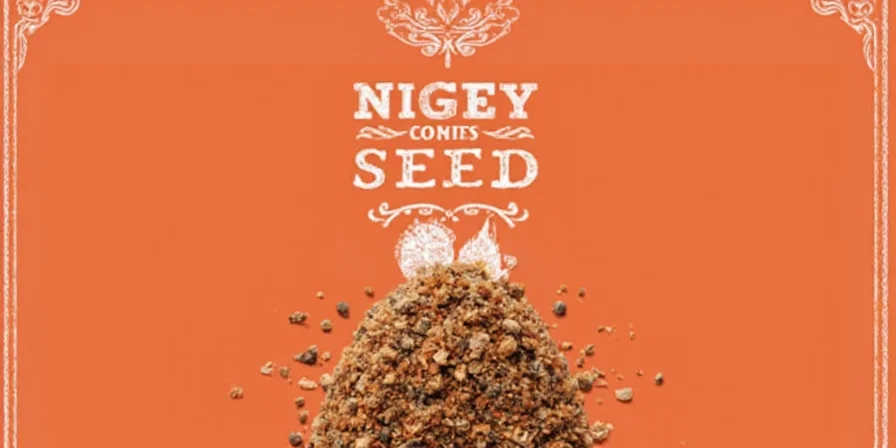
Stay spicy, friends!











 浙公网安备
33010002000092号
浙公网安备
33010002000092号 浙B2-20120091-4
浙B2-20120091-4